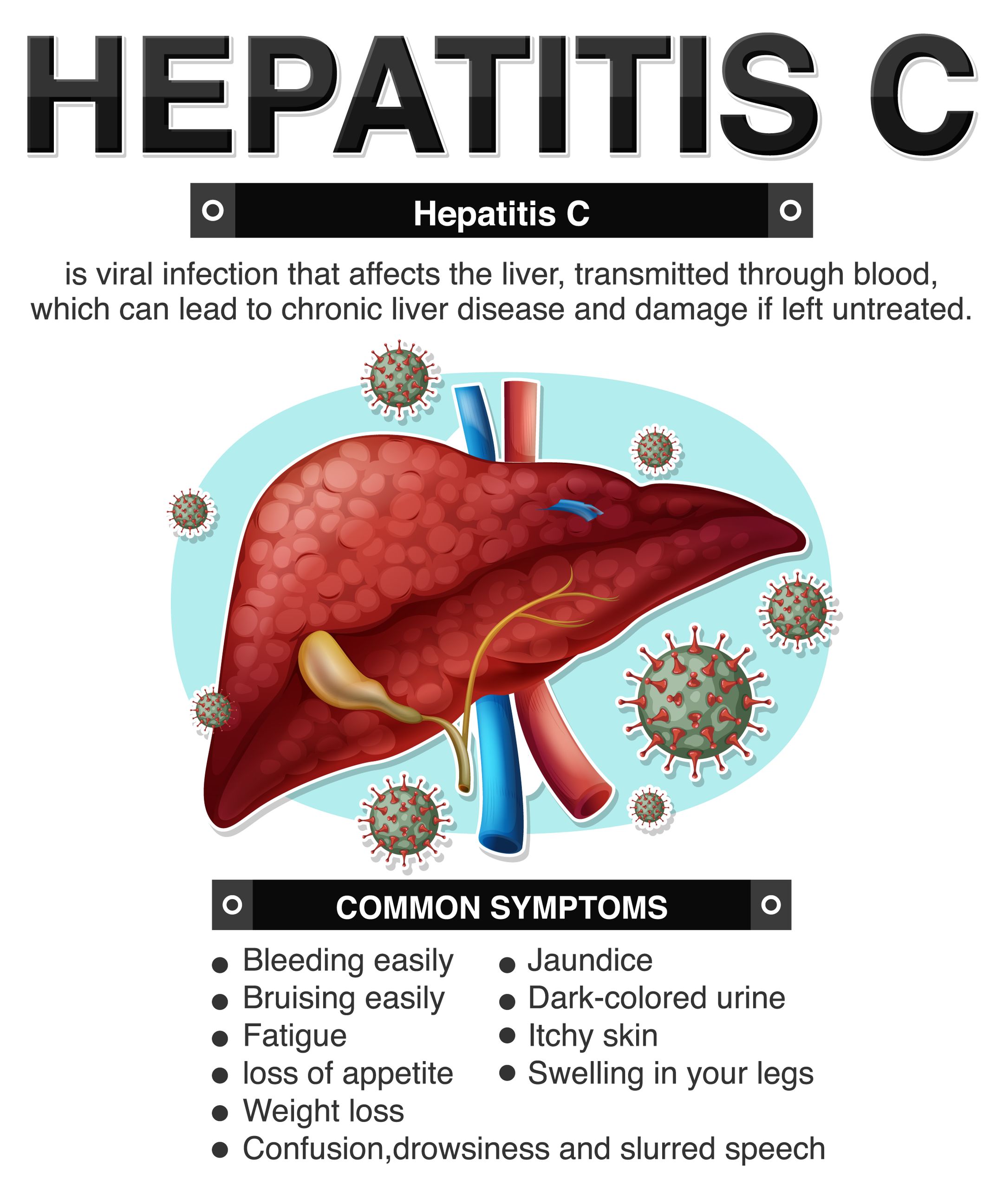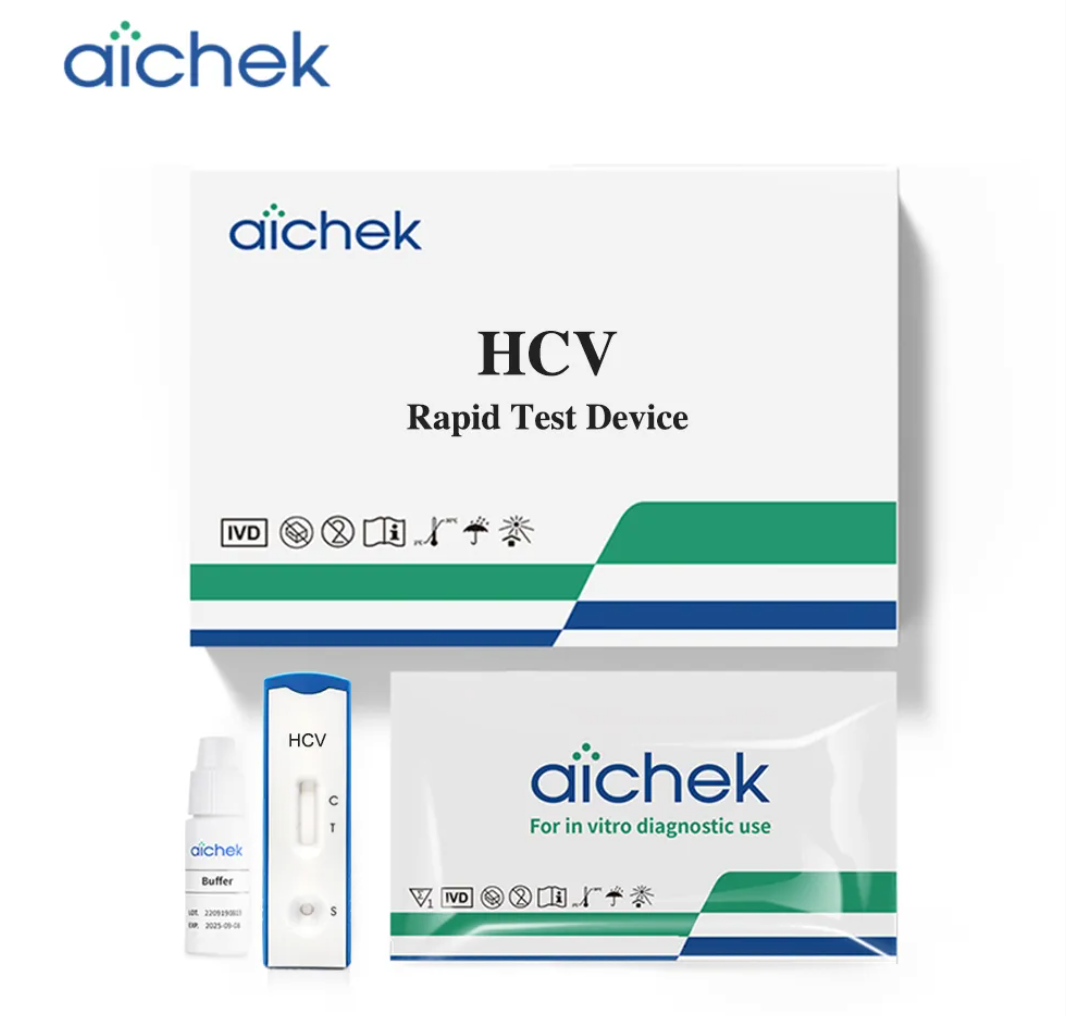
Get A Quote
Understanding Hepatitis C (HCV)
2023-10-30
Hepatitis C, commonly abbreviated as HCV, is a viral infection that has silently affected millions of people around the world. Yet, it often remains unnoticed until its severe consequences start to manifest. In this blog post, we will delve into what HCV is, the potential threats it poses to individuals, the methods used to detect this infection, and the pivotal role that rapid tests play in efficiently screening for HCV.
1. What is HCV?
HCV, short for Hepatitis C Virus, is a bloodborne pathogen responsible for causing hepatitis C, a potentially life-threatening disease that primarily affects the liver. The virus is transmitted through contact with the blood of an infected person, most commonly through sharing needles for drug use or through unsafe medical practices in some regions. HCV can lead to both acute and chronic infections, with chronic infections posing a higher risk of severe liver damage, cirrhosis, and even liver cancer over time.
2. What HCV Will Bring to People
HCV, often referred to as the "silent epidemic," can remain dormant in the body for years, even decades, without any noticeable symptoms. Unfortunately, this stealthy nature makes it difficult to diagnose and treat early. If left unchecked, HCV can lead to severe liver conditions, including fibrosis, cirrhosis, and in the worst cases, liver failure or hepatocellular carcinoma (liver cancer). The consequences are profound, impacting not only one's health but also their quality of life.
3. How to Detect HCV
Detecting HCV is crucial, as early diagnosis can prevent its progression and significantly improve treatment outcomes. Healthcare professionals employ various methods for HCV detection:
-
Blood Tests: The most common method for detecting HCV involves blood tests that search for the presence of viral RNA or antibodies. If antibodies are found, it signifies a past or present infection. The presence of viral RNA indicates an active infection.
-
Liver Function Tests: These tests measure the levels of liver enzymes and other substances in the blood to assess liver damage caused by HCV.
-
Imaging Studies: Advanced liver imaging techniques like FibroScan can be employed to evaluate the extent of liver fibrosis or cirrhosis.
4. Why Rapid Tests are an Effective Solution
Rapid diagnostic tests have emerged as a game-changer in the field of HCV detection. They offer several advantages:
-
Speed: Traditional HCV testing methods can take days to weeks for results. Rapid tests provide results within minutes, allowing for immediate confirmation and early intervention.
-
Simplicity: Rapid tests are user-friendly and can be administered by healthcare professionals even in resource-limited settings, making widespread screening more accessible.
-
Accessibility: They can be easily deployed in outreach programs and mobile clinics, reaching at-risk populations who may not have easy access to traditional healthcare facilities.
-
Early Intervention: The quick results offered by rapid tests enable individuals to access treatment and make necessary lifestyle changes promptly, thus preventing the progression of the disease.
HCV is a global health concern, and early detection is paramount in the fight against this silent threat. With rapid tests offering a fast and efficient means of screening for HCV, we can take significant steps towards reducing its impact on public health and improving the lives of those affected. It's high time we spotlight this silent epidemic and work collectively to combat it.

